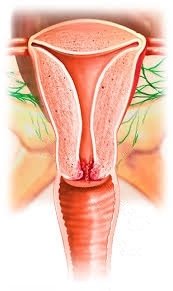Cervical Cancer Surgery
Cervical Cancer
What is the cervix?
- Opening of the uterus into the vagina
- Two cell types present (squamous and glandular)
- Cervical cancer tends to occur where the two cell types meet
The central cause of cervical cancer is human papillomavirus or HPV:
- HPV is transmitted through sexual contact
- The HPV detected today could have been acquired years ago
- There are many different types of HPV that can infect the cervix, vagina, and vulva
- ‘High-risk’ types may cause precancer and cancer of the cervix
- Most women who are infected with HPV will never have any symptoms
At-risk individuals:
- Women who have had more than one partner
- Women whose partner(s) has had more than one sexual partner
- Women who have had a sexually-transmitted disease
What is a Pap test?
- A test which collects cells from the surface of the cervix and looks for any abnormal cells
- Abnormal cells can be treated before cervical cancer develops
- When cancer is detected early, it is easier to treat
What is a cervical biopsy?
- Removal of a small piece of tissue from the cervix
- May feel like getting a Pap test or like a menstrual cramp that lasts a few seconds
- Mildly abnormal (CIN-I)
- More abnormal (CIN-II)
- Pre-cancer (CIN-III)
- Cancer
What is a cervical conization?
- Removes a cone-shaped piece of tissue
- Often allows for diagnosis and treatment
- Performed with under general anesthesia in the operating room
What is a radical hysterectomy?
- Treatment option for early stage cancer
- Not the same as the usual hysterectomy
- Surgical removal of the uterus, cervix, and upper vagina with the surrounding tissues
- Lymph nodes are removed
- Removal of the ovaries is not required

